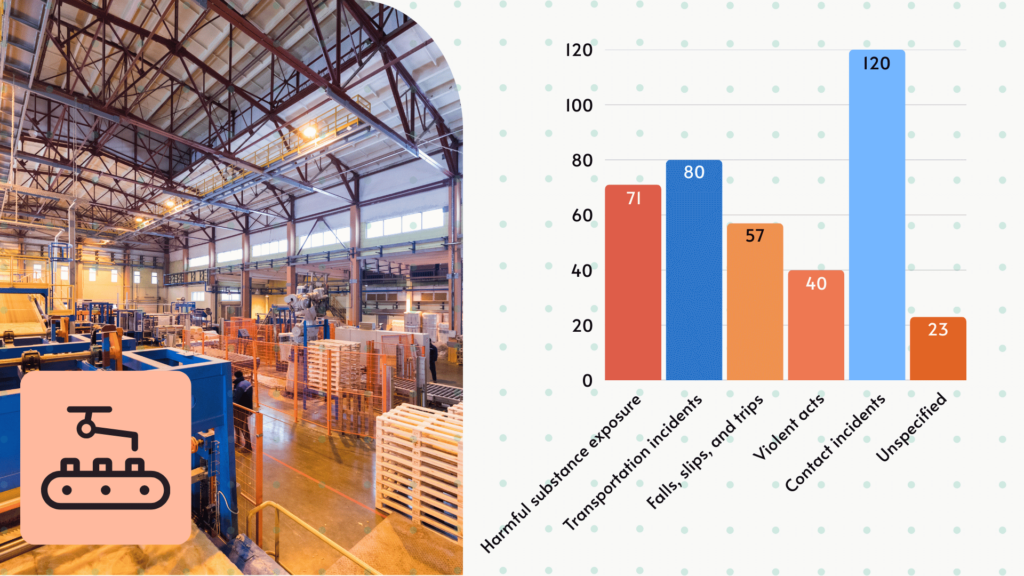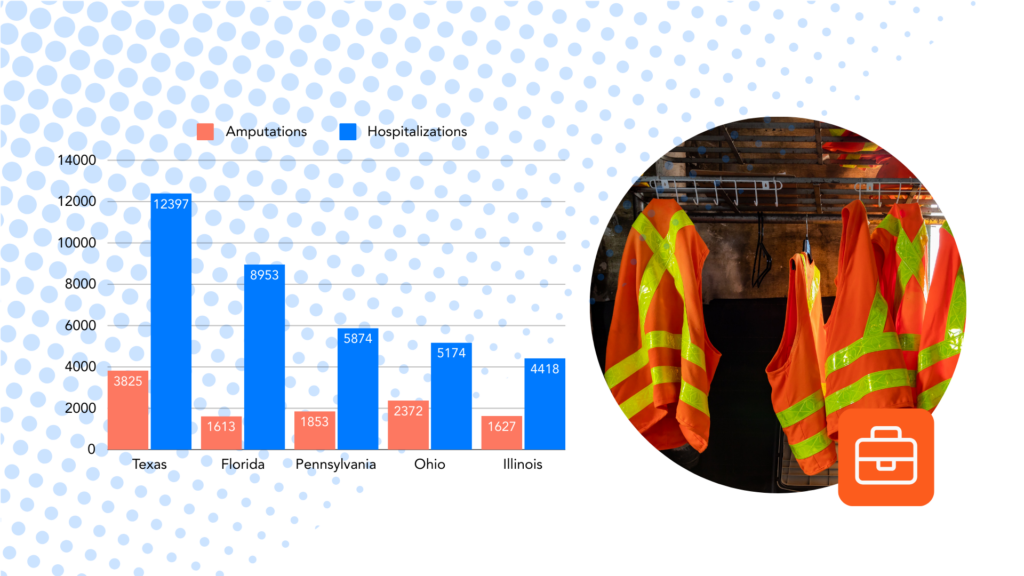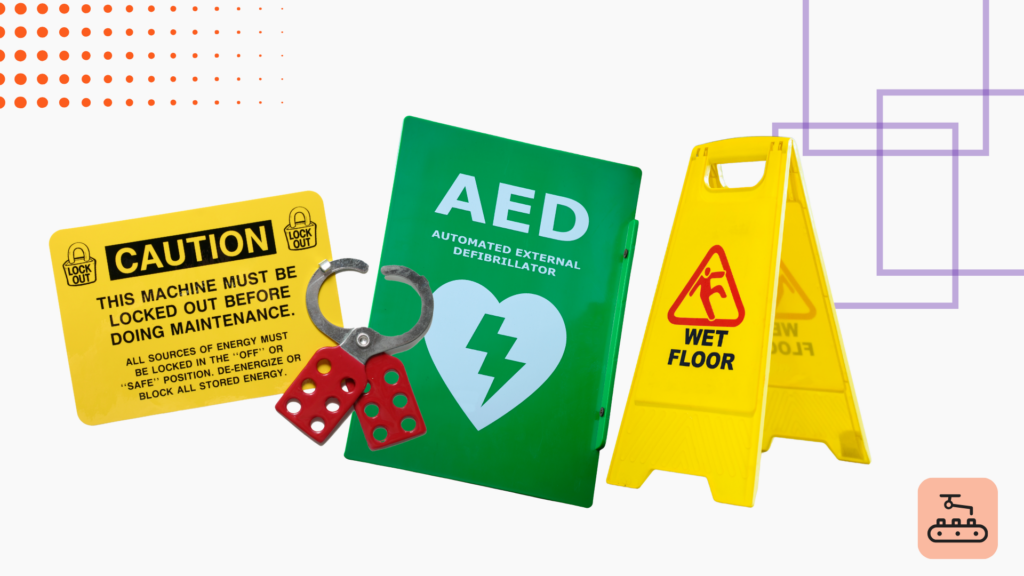During the July 28th webinar OSHA Recordkeeping in Manufacturing, guest speaker Tom Fitzgerald shared some of insights from his 40+ years of experience in the EHS field.
Tom’s impressive background includes work in both safety and human resources management, as well as a thorough knowledge of lean manufacturing principles and methodologies. He is an active voice in the EHS community and the owner of Safety Fitz LLC, an EHS consulting firm.
Managing EHS Teams
To start off, our speakers talked about some of the current issues within EHS management. Tom noted that many companies tend to focus on MOD rates instead of recordable rates, which is a more reactive approach to incident management.
Also, he talked about the issue of task delegation, arguing that not enough companies encourage collaboration between HR and safety to complete recordkeeping tasks. Some of the issues he brought up were the fact that businesses:
- Hire individuals to perform tasks in multiple departments
- Separate departments so there is little to no collaboration
- Split OSHA recordkeeping duties between HR and safety
- Fail to review OSHA logs regularly and to cross-reference them with accident reports
All these small issues, Tom said, can create problems and inconsistencies during OSHA audits. Creating a simple, collaborative recordkeeping system across all departments or individuals who handle OSHA logs is essential for ensuring compliance at the end of each year.
The Link Between Quality and Safety
In the second half of the webinar, Ren and Tom talked about incident investigation pitfalls and best practices. When it comes to incident investigation, Tom argued that health and safety is part of the quality improvement process. In his words:
“Doing an incident investigation for an injury is very much like doing a root cause analysis on why you just made 10,000 pieces of scrap.”
According to Tom and Ren, an effective way to prevent incidents is to use EHS data to inform the decision-making process. By collecting and analyzing past incident reports, maintenance logs, etc., you can identify the most specific root cause possible, making any subsequent action items more effective.
Webinar Q&A
Watch a full version of the webinar below and subscribe to our newsletter for notifications about upcoming EHS webinars, guides, resources, and more. Also, don’t forget to check out our events page for all future and past webinars.
Connect with guest speaker Tom Fitzgerald through these channels:
Phone: 920-901-8860
Email: fitz@safetyfitz.com
And visit Safety Fitz LLC here for more information about Tom’s consultancy work.




